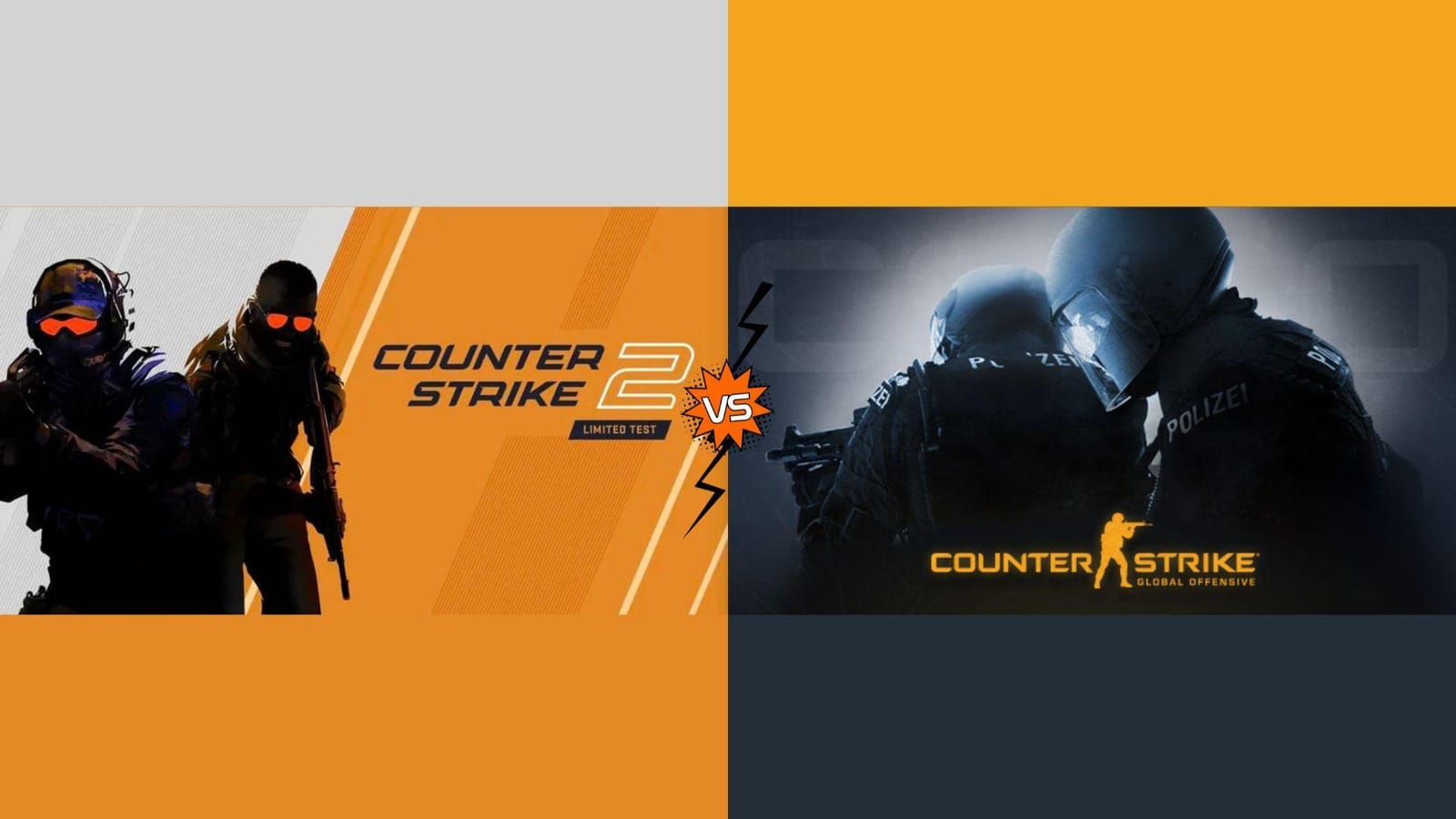

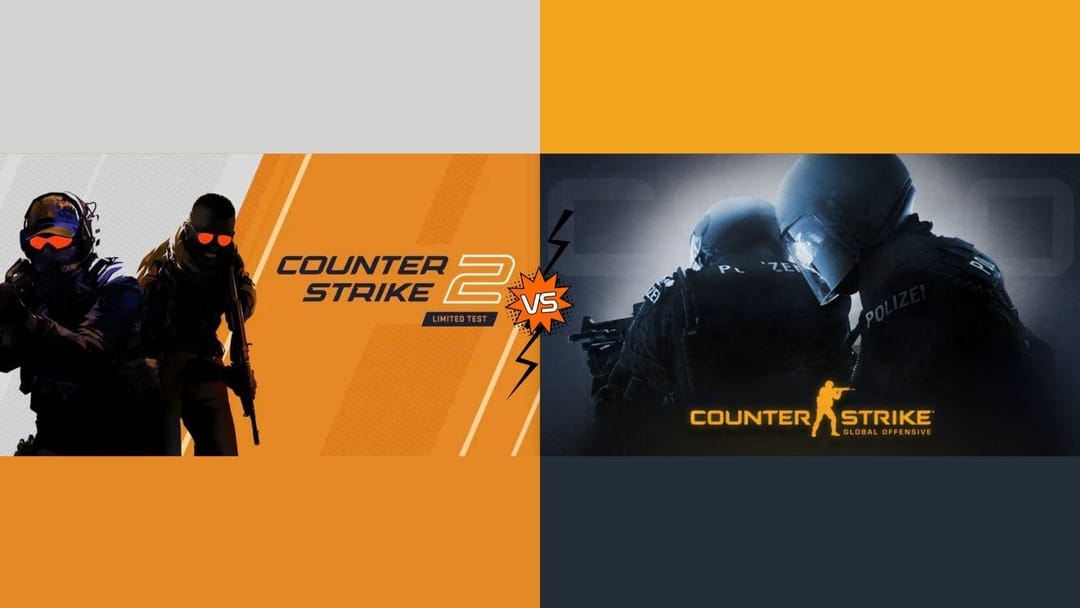
The move from CS:GO to CS2 started with the engine. Valve rebuilt the game in Source 2, and that single shift changed how movement, shooting, and utility feel across every map. CS2 has updated physics, lighting, and map geometry.
Movement feels lighter, bullets land differently when clearing tight corners, smokes behave in new ways, expanding and reacting to the environment instead of locking into preset zones.
For long-time CS:GO players, that difference showed up the first time they peeked a corner and felt their timing fall half a step off.
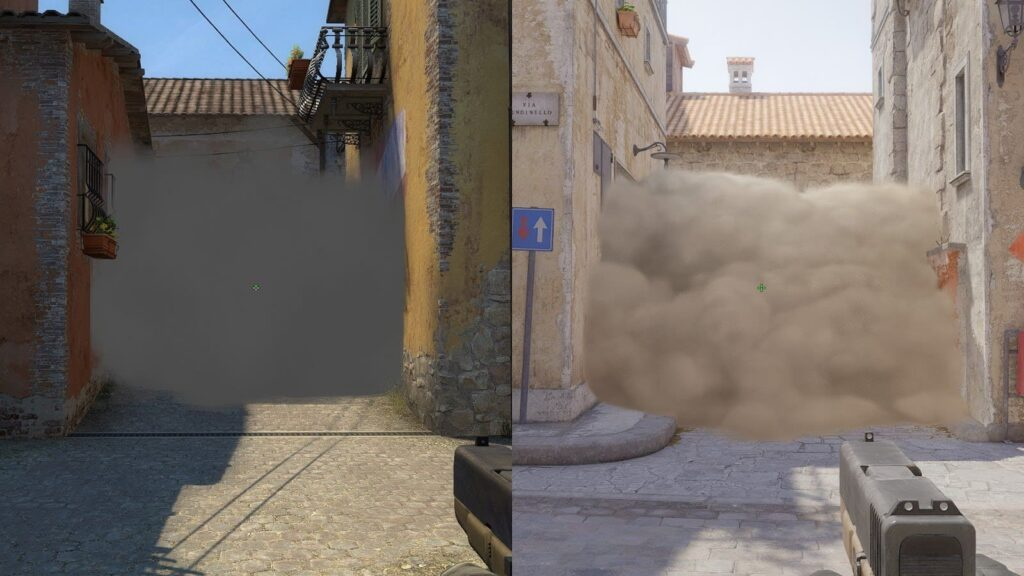
The biggest utility change came with smoke grenades. In CS:GO, a smoke landed and filled the space the same way every time. You could memorize the edge and prefire through it or set up one-way angles in the right spots.
Smokes now adapt to their surroundings. They fill space more naturally, shift when disturbed, and can be temporarily cleared by HE grenades. That punishes passive play and forces defenders to hold angles off the smoke's edge rather than sitting safely within it. That one change requires players to rework how they use utility to block vision or bait rotations.
One-way smokes are virtually extinct. Timings that used to feel automatic now need to be checked live, because the smoke might not behave the same way twice.
Executes are now more complex; teams use gunfire to create small, temporary holes for information, and retakes often hinge on using utility not just to block sightlines, but to actively carve them back open.
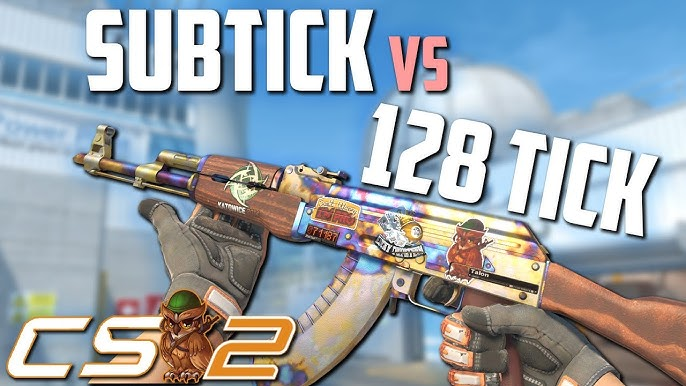
One of the most talked-about or complained-about changes in CS2 is the move to sub-tick timing. CS:GO used 64-tick or 128-tick servers, depending on the setting. The tick rate controlled how often the server updated inputs, which affected things like peek advantage or molly spreads.
CS2 no longer uses fixed ticks. Instead, it runs with sub-tick architecture that processes input between traditional ticks. Valve claimed it would feel smoother, but many players found inconsistency early on.
Spray control, jump throws, and movement timings all felt slightly off. Movement like air strafing and acceleration have alienated some purists who feel the sky-high movement skill ceiling of CS:GO has been lowered. If that stabilizes over time depends on updates, but for now, it’s one of the biggest gameplay shifts.
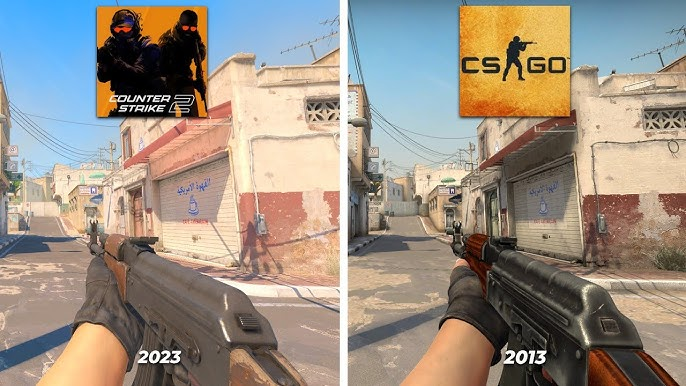
Lighting in CS2 changed the way angles are held. Certain maps now have stronger contrast, with more defined shadows and reflections. That alters how visible players are in specific corners, especially in post-plant holds or long duels.
Footstep audio also got tuned. Some paths that were silent in CS:GO now give off trace sounds. That forces new movement routes or changes how lurks are timed.
These kinds of tweaks don’t show up in patch notes clearly, but they shift how players approach the same map they’ve run for years.

A player who climbed in CS:GO still brings their reads and habits into CS2, but those habits don’t always land clean. Utility must be re-learned, spray control feels inconsistent on some weapons, and sound cues give away positions faster. The game rewards fast adaptation, not just memory.
Players who treat CS2 like a reskin of CS:GO tend to stall. Those who start from the feel of each map and re-learn from the ground up tend to move ahead more quickly. Our pro CS2 coaches can show you how to adapt the right way.
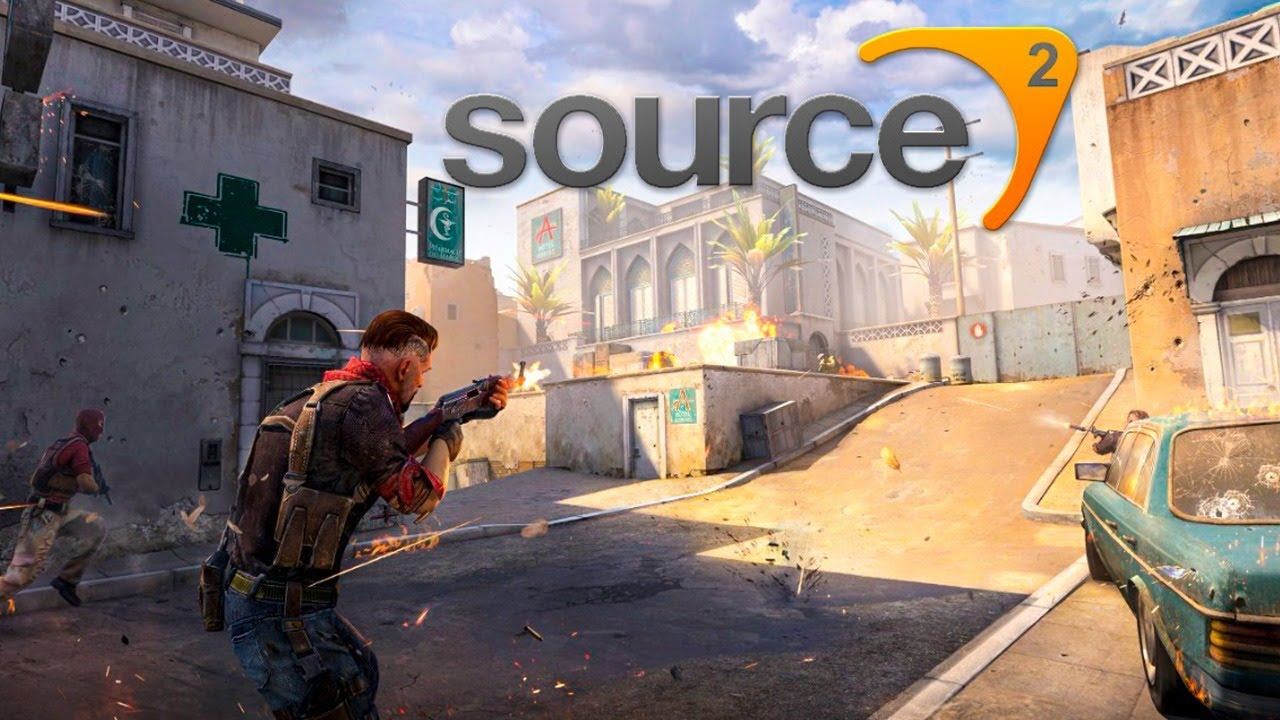
The Source 2 engine provides a more flexible platform for future updates and has, after many patches, allowed for better performance on modern hardware.
The introduction of Premier Mode with its seasonal CS Rating and global leaderboards created a unified, transparent competitive ladder that CS:GO always lacked, reducing the reliance on third-party platforms.
The updated audio engine provides more precise directional cues, and the improved lighting makes player models pop, cutting down on the visual ambiguity that plagued certain maps.
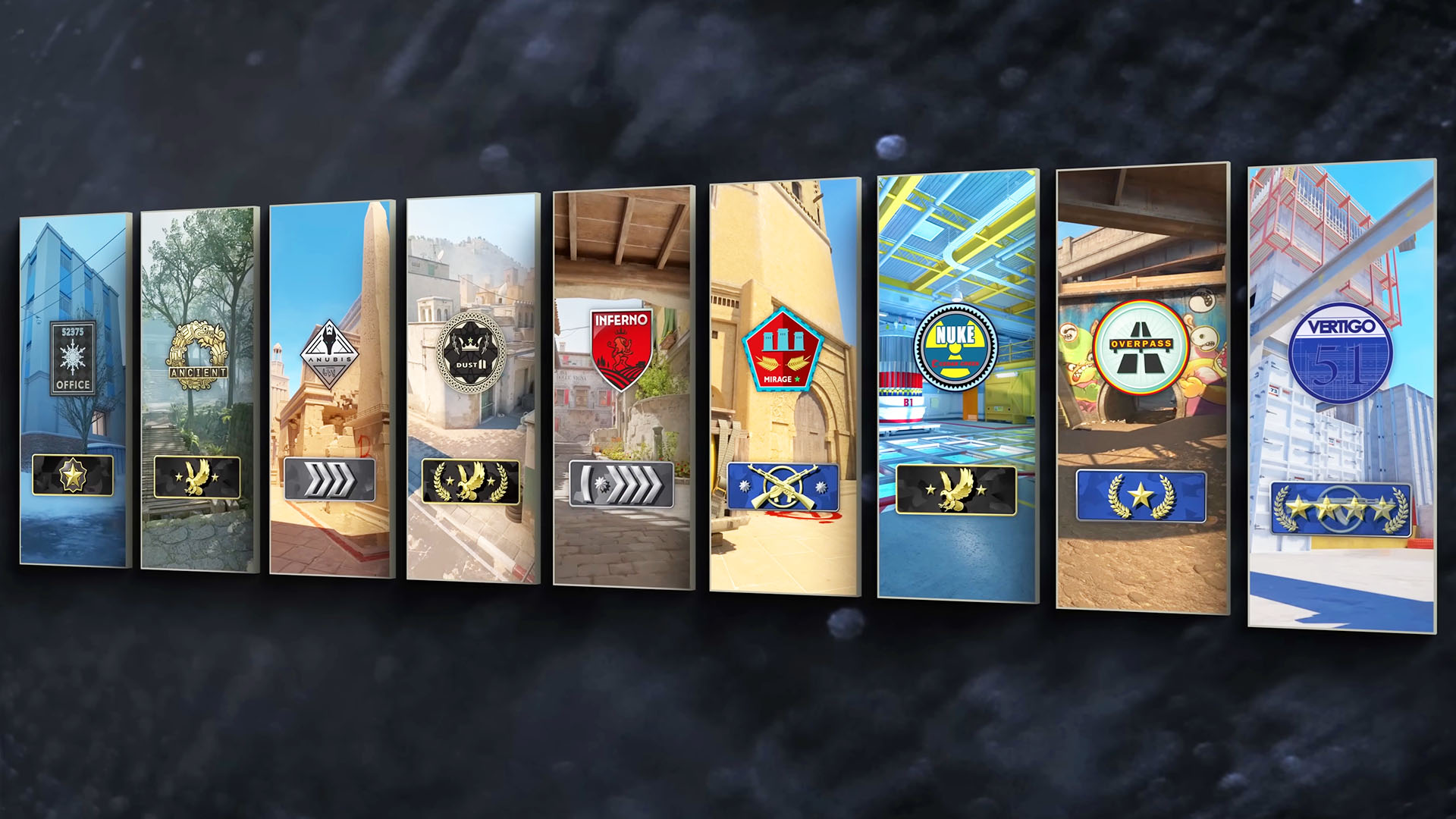
CS2 completely restructured the competitive ranking system and hence, the rank distribution. CS:GO used a single rank, from Silver to Global Elite, for all maps.
CS2 splits this into two distinct systems. First is Premier Mode, the primary competitive queue, which uses a numerical "CS Rating" that resets seasonally. This provides a more granular and transparent measure of skill with public leaderboards.
Second, the traditional matchmaking mode now has separate, per-map ranks. A player can be a Global Elite on Mirage while still learning the ropes as a Gold Nova on Anubis.
This change encourages players to master individual maps without risking their main competitive standing, fundamentally altering what a rank represents: CS Rating reflects overall skill, while map ranks signify map-specific proficiency.